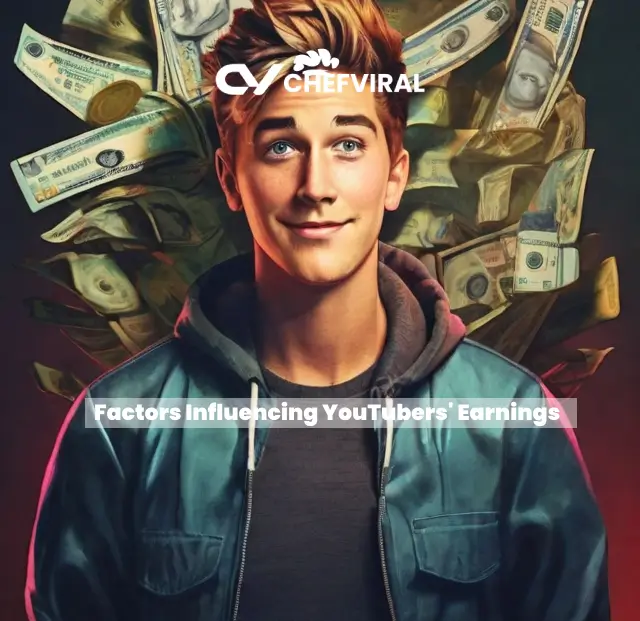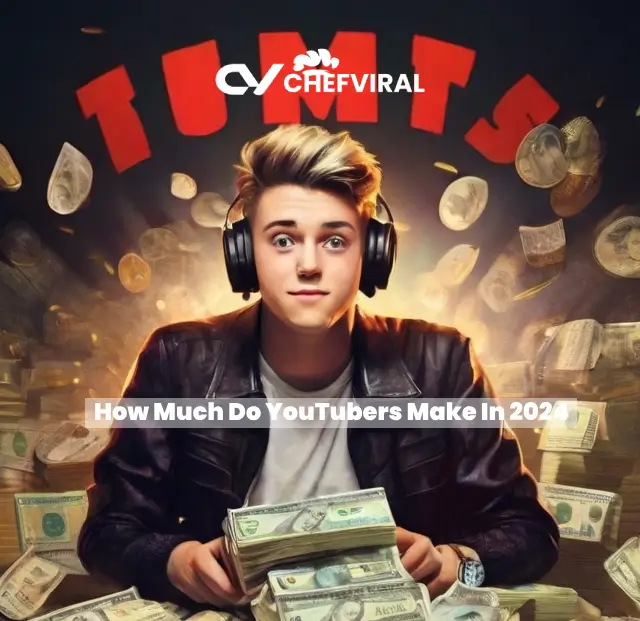YouTube has transformed from a simple video-sharing platform to a sprawling ecosystem of content creators, viewers, and advertisers. Over the years, it has become a lucrative avenue for individuals to showcase their talents, share their expertise, and build communities around their content. In this article, we’ll explore the landscape of YouTube monetization in 2024, examining the evolution of the platform, various monetization methods available to YouTubers, factors influencing their earnings, average income trends, case studies of successful YouTubers, challenges, opportunities, and future predictions.
Evolution of YouTube as a Platform
Since its inception in 2005, YouTube has experienced exponential growth, evolving into the world’s largest video-sharing platform. Initially founded as a platform for user-generated content, YouTube has expanded to encompass a diverse range of content categories, including gaming, beauty, lifestyle, education, and entertainment. The platform’s algorithmic recommendations, monetization features, and creator tools have undergone significant enhancements over the years, empowering content creators to reach wider audiences and monetize their content more effectively.
Monetization Methods for YouTubers

YouTube offers several avenues for content creators to monetize their videos and earn revenue. These include:
3.1. Ad Revenue
One of the primary monetization methods on YouTube is through ad revenue. YouTube partners with advertisers to display ads before, during, or after videos, with creators receiving a share of the revenue generated from these ads based on factors such as ad impressions, click-through rates, and viewer engagement.
3.2. Channel Memberships
YouTube allows creators to offer channel memberships, where viewers can subscribe to their favorite channels for a monthly fee in exchange for exclusive perks such as badges, emojis, and access to members-only content. Creators receive a portion of the membership fees as revenue.
3.3. Merchandise Sales
Many YouTubers leverage their influence to sell branded merchandise to their audience, including clothing, accessories, and digital products. By partnering with merchandising platforms or setting up their own online stores, creators can generate additional revenue streams while strengthening their brand identity.
3.4. Sponsored Content
YouTubers often collaborate with brands and companies to create sponsored content, where they promote products or services in their videos in exchange for payment or other forms of compensation. Sponsored content can take various forms, including product reviews, sponsored challenges, and branded integrations.
3.5. Donations and Crowdfunding
Some YouTubers rely on donations and crowdfunding platforms such as Patreon, Ko-fi, or PayPal to supplement their income. Viewers can support their favorite creators by making one-time donations or recurring contributions, allowing creators to fund their projects and sustain their channels.
Factors Influencing YouTubers’ Earnings

4.1. Audience Size and Engagement
The size and engagement level of a YouTuber’s audience play a significant role in their earning potential. Creators with larger and more engaged audiences are likely to attract more views, ad revenue, and opportunities for sponsorships and partnerships.
4.2. Content Niche and Quality
The niche and quality of a YouTuber’s content also influence their earnings. Content that caters to a specific audience niche and maintains high production values is more likely to attract advertisers and sponsorships, resulting in higher revenue potential.
4.3. Geographic Location
The geographic location of a YouTuber’s audience can impact their earnings due to variations in advertising rates, purchasing power, and market demand across different regions.
4.4. YouTube Partner Program Policies
YouTubers must comply with YouTube’s Partner Program policies to monetize their content, including eligibility criteria such as minimum subscriber and watch hour thresholds. Adherence to community guidelines and copyright regulations is also essential to avoid demonetization or channel termination.
4.5. External Opportunities and Collaborations
External opportunities such as brand partnerships, speaking engagements, merchandise sales, and sponsored events can significantly contribute to a YouTuber’s overall earnings. Collaborations with other creators or media outlets can also expand their reach and revenue potential.
Average Income of YouTubers in 2024
In 2024, the average income of YouTubers continues to fluctuate significantly due to various factors. Creators with sizable audiences, engaging content and effective monetization strategies have the potential to earn substantial incomes. Depending on their niche and level of engagement, successful YouTubers may generate anywhere from a few thousand dollars to millions annually. Top-tier creators, often boasting millions of subscribers, can command lucrative deals and sponsorship opportunities, further augmenting their earnings. However, it’s important to note that income levels vary greatly among YouTubers, with some struggling to monetize their content while others achieve significant financial success. Overall, the landscape of YouTube income in 2024 underscores the diversity and dynamism of the platform’s creator economy, offering both opportunities and challenges for aspiring and established content creators alike.
Case Studies of Successful YouTubers
Let’s examine a few case studies of successful YouTubers and their respective income streams:
TechGuru: With over 5 million subscribers, TechGuru primarily focuses on tech reviews, tutorials, and product comparisons. In addition to ad revenue from YouTube, TechGuru earns significant income through sponsored content, affiliate marketing, and merchandise sales.
Fashionista: Fashionista is a fashion and lifestyle YouTuber with a dedicated following of fashion enthusiasts. In addition to ad revenue, Fashionista generates income through brand partnerships, sponsored fashion hauls, and collaborations with clothing brands.
Challenges and Opportunities in YouTube Monetization
While YouTube offers lucrative opportunities for content creators, it also presents challenges such as fluctuating ad rates, demonetization risks, platform algorithm changes, and copyright issues. However, creators can overcome these challenges by diversifying their revenue streams, engaging with their audience, and staying informed about industry trends and best practices.
Future Trends and Predictions
Looking ahead, the future of YouTube monetization is likely to be shaped by emerging technologies such as virtual reality, augmented reality, and live streaming, as well as evolving consumer preferences and advertiser demands. Creators who adapt to these changes and innovate their content and monetization strategies are poised to thrive in the ever-evolving digital landscape.
Conclusion
In conclusion, the earning potential for YouTubers remains substantial, with multiple avenues available for monetization including ad revenue, channel memberships, merchandise sales, sponsored content, and donations. By grasping the intricacies of factors influencing earnings and actively engaging with their audience, YouTubers can forge successful careers on the platform. Embracing new opportunities, staying adaptable to industry shifts, and consistently delivering quality content are pivotal in navigating the dynamic landscape of YouTube. With dedication and creativity, YouTubers can not only monetize their passion but also cultivate thriving communities, establishing themselves as influential figures in the realm of online content creation.

